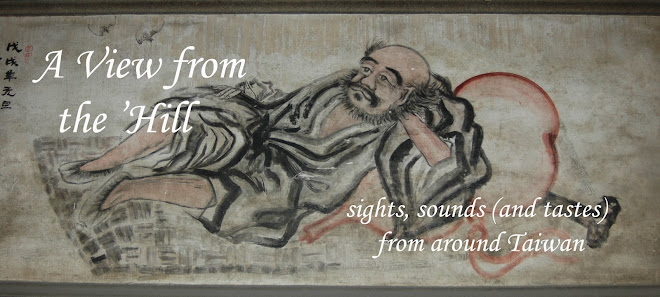China Post editorial:
More women participating in the work force
Last week the Council for Economic Planning and Development (CEPD) released figures showing a rise in Taiwan's women's labor force participation rate — a measure of the percentage of women of working age who are employed or looking for work — to 49.7 percent in 2008, up from around 46 percent in 2002. The CEPD anticipate that this indicator will break through the psychologically important 50-percent barrier sometime in 2010.
The CEPD also noted that since the total number of jobs had not increased significantly, this growth in women entering the labor market has been at the expense of the men's labor force participation rate, which fell from 68.2 percent to 67.0 percent over the same period.
While women lag behind men in terms of paid employment around the world, Taiwan's women also still lag behind their sisters in most other advanced economies. In many European and North American countries, for example, more than 70 percent of women participate in the workforce, and even in Japan and South Korea, which are typically characterized as having large gender gaps, the figures are 67 percent and 59 percent, respectively.
This is not simply an equal-opportunities issue of concern to feminists and liberal-minded organizations. It concerns Taiwan's competitiveness on the global stage. Having spent decades improving young women's access to educational resources, it is Taiwan's loss if the country does not make the most of their resulting talents.
Indeed, the current situation can be seen within an historical context stretching back thousands of years to China's golden age of philosophy, now known as the Contention of a Hundred Schools of Thought. While this is generally understood as the period in which philosophers such as Confucius, Zhuangzi and Hanfeizi brought forth new ideas that later became codified as Confucianism, Taoism, Legalism and so forth, the real consequences were social and political rather than philosophical. Particularly important was the ideal of a meritocracy promoted by Confucius and Mozi, who argued that people should be employed according to their talents rather than according to their status at birth. Of course, the 'people' in this meritocracy meant 'men,' and it wasn't until the 20th century that women in Taiwan and China were given any significant role outside traditional areas of home and field.
That a meritocratic system was adopted had nothing to do with concepts of fairness, egalitarianism or human rights, but was simply a result of pragmatic requirements, a kind of Darwinian survival of the fittest applied to systems of government. By Confucius' birth some 26 centuries ago, China had split into a number of small states, which battled with each other for survival and supremacy, and for the right to reunite and rule “all under heaven.” In their pursuit of this goal, some states were willing to consider new political and military strategies, including the employment of talented members of the lower social orders. These were the states which prospered.
And just as the Confucian revolution was a product of its time, so are many of today's social and political changes. It was not mere coincidence, for example, that women's participation in the workforces of European and North American countries increased significantly during and after the Second World War when there was a shortage of male workers.
So what are the factors encouraging or driving Taiwan's women into paid employment in the first decade of the 21st century?
Since marriage and childcare are two of the key factors depressing women's participation in the workforce — with equal numbers of women and men working before marriage — the gradual increase in the age at which women wed has long been seen as a contributing factor. What is new is the 3-percent rise in participation by married women over the last seven years. This, the CEPD report suggested, might be due to the generally deteriorating economic environment in which a husband's salary alone is less able to support a family.
Another factor might be the gradual cracking of the “glass ceiling” said to prevent women from rising to high positions in business, government and non-governmental organizations, which make remaining in a professional career less attractive to women who have accumulated similar academic laurels or work experience as their male colleagues. For decades this has resulted in a drain of talent from Taiwan's public and private organizations, as many women embarked on careers in religious organizations, non-governmental agencies or simply returned to housework, a loss that was only masked by other advantages that helped Taiwan move up the league table of world competitiveness.
As a World Bank report concluded a few years ago, countries that protect women's rights and increase access to resources, education and employment are the ones with narrower gender gaps, have less corruption and achieve faster economic growth than those that do not. This economic growth then helps to further narrow the gender gap, creating a positive feedback loop, the kind of loop that Taiwan could use to its advantage.
Monday, 12 October 2009
Subscribe to:
Post Comments (Atom)




No comments:
Post a Comment